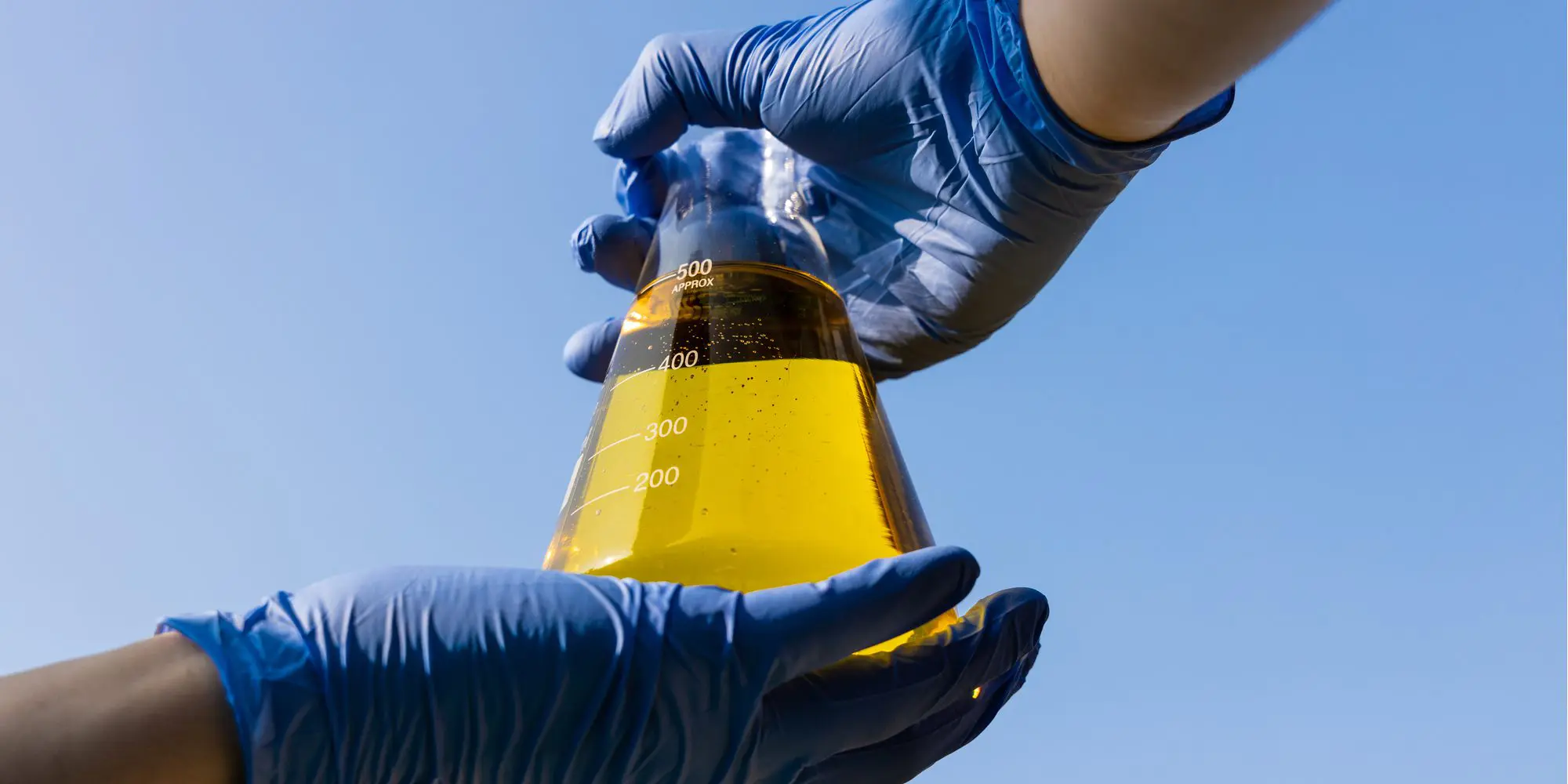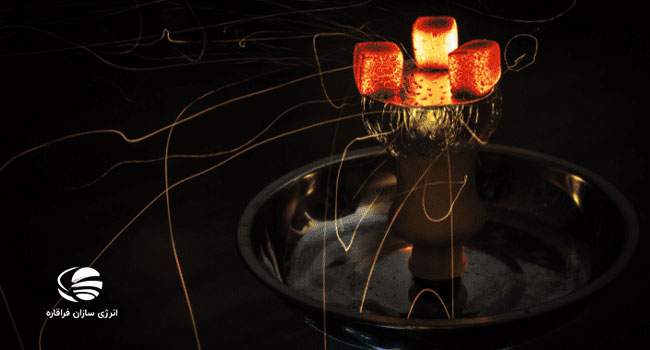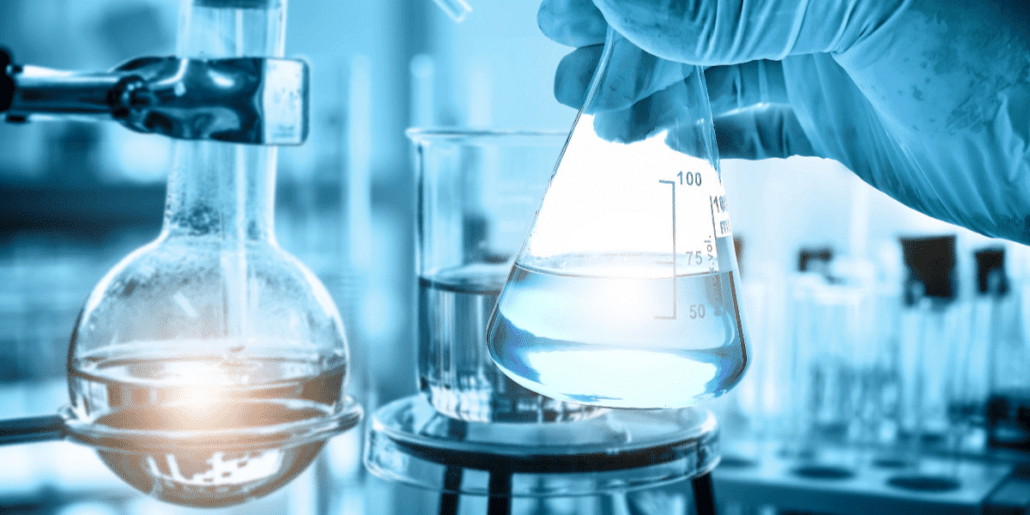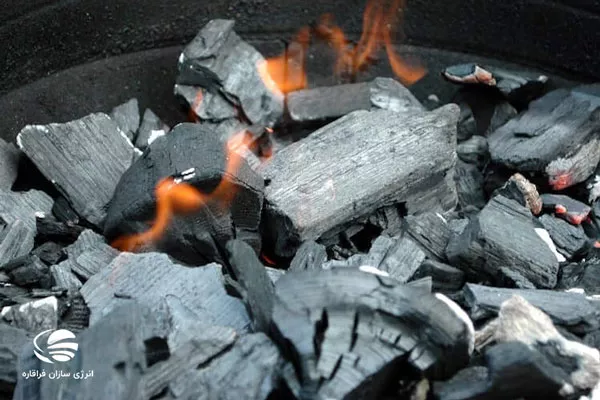What is Ethanol?
Ethanol or ethyl alcohol is one of the most important chemical compounds that play an important role in our daily lives.

Ethanol:
Ethanol or ethyl alcohol is one of the most important chemical compounds that play an important role in our daily lives. Ethanol is used as a fuel, solvent, disinfectant and raw material for the production of various chemicals.
Ethanol is a volatile, flammable liquid without colour that has a slight specific smell. Ethanol is produced naturally by the fermentation of sugars by yeasts or through petrochemical processes such as ethylene hydration.
Its formula the power to Also written CH₃−CH₂−OH or C₂H₅OH, and often abbreviated EtOH. It is also known as ethyl alcohol, grain alcohol and ethanol. Ethanol has the same chemical formula depending on whether it is produced from starchy or sugary materials such as corn kernels (as originally found in the United States). Sugar cane (as is the case mainly in Brazil), or cellulosic raw materials (such as wood chips or crop residues). Ethanol has a higher octane number than gasoline and offers excellent blending properties.
Ethanol is a renewable fuel that is made from various plant materials, collectively known as biomass E10. More than 98% of US gasoline contains ethanol to oxygenate the fuel.
It burns with a blue flame without smoke. The physical properties of ethanol are derived from the presence of the hydroxyl group and the shortness of its carbon the hydroxyl group of ethanol can participate in hydrogen bonding and causes its stickiness and volatility compared to less polar organic compounds with similar molecular weight such as propane.

History of ethanol:
Since prehistoric times humans as an intoxicating substance, in Alcoholic drinks have used ethanol .
They have been left over The Dried pottery The 9,000-year-old artefacts found in northern mainland China indicate the use of alcoholic beverages even among Neolithic people. Its isolation as a relatively pure compound was first achieved by Persian alchemists who developed the art of distillation during the Abbasid caliphate, the most famous of whom was Razi.
A product obtained by distilling ethanol from water should be a maximum of 95.6% ethanol because ethanol forms an azeotrope with water. Absolute ethanol was first obtained in 1796 by Johann Tobias Löwitz by filtering distilled ethanol through charcoal.
Ethanol was first produced artificially in France in 1826, by the independent efforts of Henri Hennel in Britain. Michael Faraday prepared ethanol by acid hydration of ethylene catalyst in 1828, a process similar to the production process of industrial ethanol synthesis.

How is ethanol produced?
This alcohol can be from different sources of starch, wheat starch, Corn, oats and apples on the ground, and fermented from sugar products such as sugarcane and sweet sorghum. Because corn production has been so high, most of the ethanol made in the United is from corn.
Most ethanol in the Midwest and Mid-Southwest states is produced in the United States because in these areas the plants used for the ethanol production unit are close and also in terms of access to water resources and location. The production of livestock products in these regions is more advantageous than in other regions. A byproduct of the production of this grain alcohol is the residue of distillation that can be used as animal feed in wet or dry form.
Since the seed Wet ones have a lot of weight transportation of the givgivenual-usuals Distillation waste must reach ranchers within a 100-mile radius of a factory. The distillation residues become more stable by drying and easy to transport. However, the energy cost for the ethanol producer increases.
Many of the nutrients of corn are preserved in the grains of distillation residue there main because only corn starch is removed Due to the high fibre content, more seeds The Distillation residues are used to feed dairy beef cows, but this grain The Ha can be used as chicken feed.
References:
Global ethanol production in 2006, with 69% of global supply from Brazil and US Brazilian ethanol, comes from sugarcane, which has a relatively high yield compared to some other energy crops. Sugarcane is not only more sucrose than corn (about 30%), but it is also much easier.
In the 1970s most of the ethanol industry in the United States was built as a petrochemical, but in the 1980s the United States provided subsidies for corn-based ethanol. According to the Renewable Fuels Association, as of October 30, 2007, 131 ethanol biorefineries in the United States can produce (2,600,000 cubic meters) of ethanol per year.
In India, ethanol is produced from sugarcane. Sweet sorghum is another potential source of ethanol and is suitable for growing under favourable conditions. The International Crops Research Institute for the Semi-Arid Tropics is investigating the possibility of growing sorghum as a source of fuel, food and animal feed in the arid regions of Asia and Africa. Sweet sorghum has one-third of the water requirement of sugarcane in the same period. It also needs about 22% less water than corn. The world's first sweet sorghum ethanol distillery began commercial operations in 2007 in Andhra Pradesh, India.
Application of ethanol in the medical industry:
Anesthetic:
Ethanol is the oldest known sedative, used as an oral general anaesthetic during surgery in ancient Mesopotamia and the Middle Ages. Mild intoxication with blood alcohol concentration 0.05-0.05% starts and in0.4 %. It causes coma. However, this high use carries the risk of fatal alcohol poisoning and pulmonary aspiration in accompanying vomiting, which led to the use of substitutes in ancient times.
Disinfectants:
Ethanol in medical wipes is usually used in antibacterial hand sanitiser gels as a disinfectant due to its bactericidal and antifungal effects. Ethanol destroys microorganisms by dissolving the lipid bilayer of the membrane of pans denatures the protein of pans and is effective against most bacteria, fungi and viruses. However, it is ineffective against bacterial spores but can be reduced by using hydrogen peroxide.
Antidote:
Ethanol may be prescribed as an antidote for ethylene glycol poisoning and methanol poisoning. Ethanol mediates this process by acting as a competitive inhibitor against methanol and ethylene glycol for alcohol dehydrogenase. Although ethanol has more side effects, ethanol is cheaper and more readily available than fomepizole, which is also used as an antidote for methanol and ethylene glycol poisoning.
Pharmaceutical solvent:
Ethanol, often in high concentrations, is used to dissolve many water-insoluble drugs and related compounds.
Application of ethanol in the cosmetic industry:
Ethanol is substance effective in eliminating the virus and bacteria it is effective. This is why the power of it as material is effective in medicine and making cosmetic products– sanitary Use did. This composition Can Protein And fat Available At Organism particles for direct objects From Among And the Continuation of this Action Process disinfection of the face.

Application of ethanol in the food industry:
For a better resolution
To solve a monotone
To extract flavour.
The addition of ethanol to the food formulation results in the formation of a transparent homogeneous mixture.
It is an excellent holder to stabilize the product.
Protects food against germs method be.
The use of ethanol as a solvent:
Ethanol, a compound excellent for the production of various products such as perfumes, lacquers, etc… is. the reason this order particle for direct object Can liquidation adaptability above it At Water particle for direct object Expression did. This a matter, Cause soft and able solve Become, Components activity will be that At Water solve They do not
The use of ethanol as a surface cleaner:
The reason for using ethanol as a surface cleaner:
Rapid evaporation
It can remove stains on fabric.
In addition to cleaning properties, this material can be used as a surface disinfectant and hand-washing solution.
The use of ethanol as a fuel:
As a result of burning ethanol, the following reaction takes place.
CH3CH2OH + 3O2 → 2CO2 + 3H2O
As you can see, carbon dioxide and water are the products of this reaction.
This combination is used in the following cases:
As engine fuel and fuel additives
As fuel in lightweight racing aircraft
Comparison of industrial and edible ethanol:
Surely you do too when using alcohol The Disinfectants With the sentence "only direction use Foreign". But the Difference this Alcohols disinfection With Alcohols edible At What is? With that every two a matter with name ethanol known to be But Must Attention do it That Alcohols disinfection doer contains materials To Increase Purity ethanol is that so to speak Alcohols denatured called to be. With this now alcohol edible contain additives are not And drink it has no allergy special.
Summary:
Ethanol is a type of alcohol widely used in industry and our daily life. Ethanol is composed of organic substances and is usually produced using organic substances such as glucose, fruit molasses, and sugar. It is popularly used as a solvent for organic and inorganic materials. Ethanol is also used as a fuel, especially in cars that use internal combustion engines. Additionally, it is used in the production of beverages, perfumes, reducing secretions, and medicines. However, consuming too much ethanol can have serious side effects. Burning ethanol can produce solid and liquid waste that must be disposed of properly.
Tips to be followed when using medicinal alcohol:
1. Medical alcohol is colourless and burns yellow.
2. The lid of the alcohol should be tightly closed to prevent its evaporation.
3. Medicinal alcohol is packed in glass containers.
4. Be aware that medicinal alcohol available in drugstores by order of the Food and Drug Organization of the country is adulterated with bitter substances and cannot be consumed.
5. Medical alcohol for disinfection is usually supplied as 70% ethanol and 30% water.
6. The supplied containers must have a label on the bottle and full details of the manufacturer, including the address of the factory or head office, phone number, operating license, health license, and safety signs and symbols.









نظرات کاربران